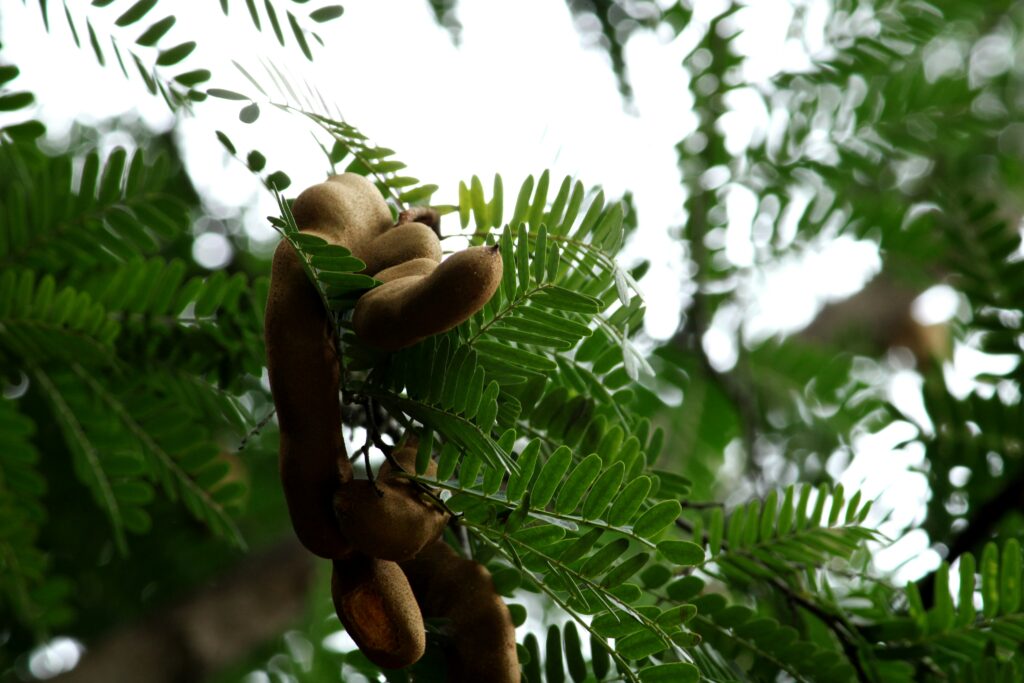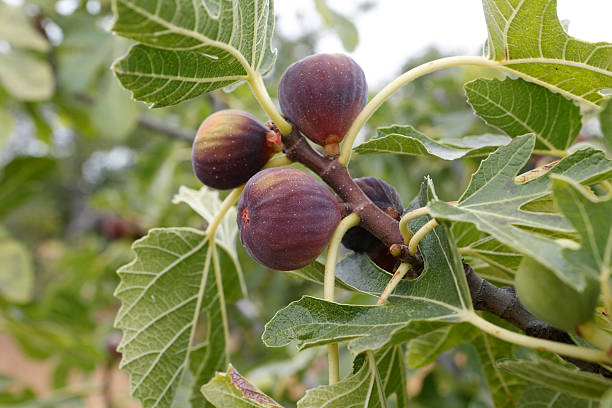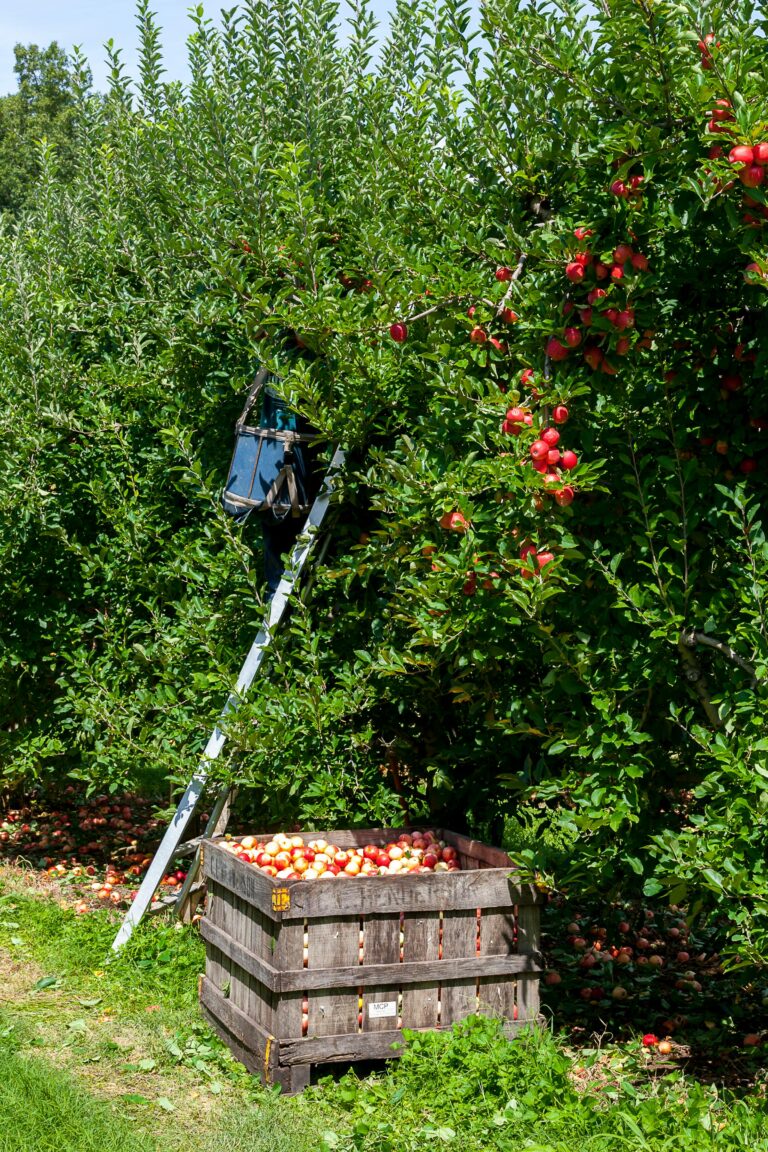The Tamarind Tree
The Life of the Tamarind Tree (Tamarindus indica): A Journey Through Time and Growth
The tamarind tree (Tamarindus indica), with its lush foliage, distinctive pods, and valuable fruit, has captivated the attention of many cultures across the world. Known for its ability to thrive in a variety of climates, the tamarind tree is a symbol of resilience and longevity. Originating from tropical Africa, it has spread across Asia, the Caribbean, and the Americas, becoming a staple in both culinary and medicinal traditions. Understanding the life of the tamarind tree, from its early stages of growth to its mature form, reveals the remarkable adaptability of this ancient tree.
The Birth of the Tamarind Tree
Tamarind trees begin their journey from small seeds that hold the potential to become towering giants. These seeds are typically encased in a hard, brown pod that protects them until they are ready to sprout. The seeds can be planted directly into the soil, but they prefer well-drained, sandy loam, with a slightly acidic to neutral pH. The tamarind tree is a slow grower, but with the right conditions, it can establish itself in a variety of environments, from arid lands to tropical regions.
The young tamarind tree is sensitive to extreme weather conditions, particularly frost, which can stunt its growth. However, once it takes root, it shows remarkable resilience. The tamarind tree flourishes in areas that receive a lot of sunlight and can withstand long periods of drought once established. Its deep taproot system allows it to reach groundwater, making it an ideal tree for dry, arid landscapes where other plants may struggle to survive.
The Growing Tamarind Tree
As the tamarind tree matures, its structure changes significantly. During the first few years, the tree focuses on developing a sturdy trunk and a strong root system. The tree’s growth is slow but steady, and its trunk becomes more robust, covered in a rough, gray-brown bark. The tree can reach heights of up to 80 feet (24 meters) in its native environment, though it usually grows to about 30-50 feet (9-15 meters) in cultivation.
Tamarind trees have dense, evergreen foliage. Their leaves are pinnate, meaning each leaf is divided into smaller leaflets, and these leaflets fold together at night or during dry periods to reduce water loss. This feature is particularly useful for the tree’s survival in regions with limited water. The tree’s branches are wide and spreading, forming a canopy that provides shade to the ground below, making it a valuable resource in desert and semi-arid areas.
The tamarind’s flowers are small, yellow, and fragrant, with red streaks that attract bees and other pollinators. These flowers typically bloom in the rainy season, signaling the start of the tree’s reproductive cycle. The flowering period is brief but critical, as it marks the beginning of the tamarind’s fruiting season.

The Tamarind Fruit: A Journey of Development
The tamarind fruit is a distinct, brown pod that contains pulp and seeds. These pods are typically 4 to 8 inches long and have a hard, brittle shell. Once the flowers are pollinated, the tamarind tree begins the process of fruit development. The pods start off green and gradually mature to a rich, dark brown. It takes several months for the tamarind fruit to fully develop, often between 6 and 9 months, depending on the climate and environmental factors.
Inside each pod, the tamarind fruit is a sticky, tangy pulp that surrounds the seeds. This pulp is what makes the tamarind tree so valuable. The fruit is a key ingredient in a variety of cuisines worldwide, from savory stews and curries to sweet beverages and candies. In addition to its culinary uses, tamarind has been revered in traditional medicine for its digestive, anti-inflammatory, and antioxidant properties. The pulp can be harvested once the pods ripen, typically in late summer to early fall, though it can remain on the tree for a while before falling to the ground naturally.
As the tamarind tree ages, its fruit production becomes more abundant. A mature tree can produce hundreds of pods per year, with some trees even reaching over a thousand pods in optimal conditions. The tamarind tree’s ability to produce fruit for many years is one of its most remarkable traits. Some trees have been known to continue producing fruit for over 100 years, making the tamarind a true long-living tree.

The Tamarind Tree’s Ecological Role
In its native habitat, the tamarind tree plays an essential role in the ecosystem. Its large canopy provides shade and shelter to a variety of plants and animals. The tree’s deep roots help prevent soil erosion, which is particularly important in arid regions where the risk of desertification is high. The tamarind’s flowers attract various pollinators, while the fruit itself is a food source for birds, mammals, and insects.
Moreover, tamarind trees have the ability to improve the soil quality in their immediate environment. The leaves and pods that fall to the ground decompose and contribute organic matter, enriching the soil with nutrients. This makes the tamarind a valuable tree in agroforestry systems, where it can be used in combination with other crops to enhance soil health and increase agricultural productivity.
The Life Cycle and Longevity of the Tamarind Tree
The life cycle of a tamarind tree is a slow but steady progression. After the initial years of growth, the tree enters its mature phase, where it begins to produce fruit. It continues to fruit year after year, with some trees living for centuries. In fact, tamarind trees are known for their impressive longevity, with some specimens in Africa and Asia reaching ages of over 100 years. These ancient trees are revered not only for their age but for their continued productivity.
The tamarind tree is also a resilient plant that can recover from damage, including drought, pests, and diseases. Though susceptible to certain fungal infections and pests, the tamarind tree is generally hardy and adaptable. Its resilience is key to its widespread success across different regions of the world, from tropical climates to dry deserts.
The End of the Tamarind’s Life
While the tamarind tree is known for its longevity, like all living organisms, it eventually reaches the end of its life. Over time, the tree’s growth slows down, and fruit production diminishes. The tree’s bark may start to crack, and its branches may become more brittle. However, even as the tree ages, it continues to contribute to the ecosystem through its shade, shelter, and organic matter.
When a tamarind tree dies, it leaves behind a legacy of nutrients in the soil, which supports the next generation of plants. The seeds of the tree can be dispersed by wind, water, or animals, ensuring the continuation of the tamarind species. In some cases, the remains of the tree, particularly its bark and wood, are used in local crafts or for firewood.
Conclusion
The tamarind tree (Tamarindus indica) is a testament to nature’s resilience and adaptability. From its slow start as a seedling to its full maturation as a fruit-bearing giant, the tamarind tree embodies the life cycle of a plant that not only survives but thrives in diverse environments. With its valuable fruit, ecological benefits, and long lifespan, the tamarind tree continues to be an essential part of both nature and human life, proving that even in the harshest conditions, life can flourish in surprising and fruitful ways.







